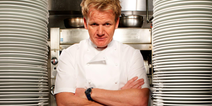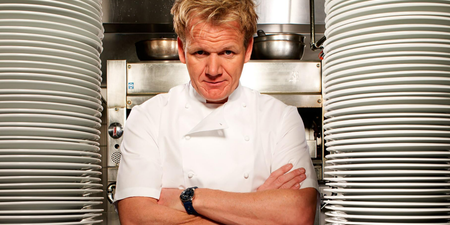Who doesn’t want to be that little bit healthier? Especially if improving your health involves minimal effort. With this in mind we’ve made it our mission to bring you news each week of a product, a foodstuff, an exercise technique or a pill that promises potentially magical health-giving properties.
This week’s magic ingredient: Cabbage
Not to be confused with: Baggage, shish kebab, Taxi cab, boobage (not an actual word but you know what I mean).
Cabbage. Why does that sound so familiar? I can only assume it’s because cabbage is one half of a meal that has been the staple diet of Irish families for generations…bacon and cabbage, perhaps not as popular now as it once was in this country.
Ah yeah, the aul’ lass used to cook that up for us at least four times a week. So why is it so popular here then, did we invent the stuff or what? No, I’m afraid we can’t lay claim to stumbling upon this particular ingredient. Like a lot of healthy foodstuffs, cabbage originally surfaced in the Mediterranean and is derived from the wild mustard plant, which was commonly found along the coast.
So how did it come about that we ended up eating piles and piles of the stuff? Well, as you know only too well, the climate in this country is, in a word, shit, so many crops perished in the driving wind, rain and freezing temperatures.
Cabbage though, like leeks and onions, could be stored in dry barns and was one of the main sources of food for Irish people, particularly during the winter, from the twelfth century onwards. When the famine caused such havoc in Ireland in the nineteenth century, people once again turned to cabbage as a source of nourishment.
There’s still something nagging me about cabbage, not so much the food but the word itself… Ah yes, knowing you, it’s very likely that you use the word as a term of abuse, something that generations before you have also done.
In Ireland and England, calling someone a ‘cabbage’ or a ‘cabbage head’ is to imply that they are a bit stupid, while ‘cabbaging about’ generally translates as being lazy or doing nothing. In fairness, it would be more common across the water than it is here, but using the word as a term of abuse isn’t limited to this part of the world.
The German translation of the word, ‘kraut’ was used as an ethnic slur against German soldiers or civilians and the Italian translation, ‘cavolo’ has a similar meaning to ‘crap’ in the English language.
The French, as odd and all as they are, actually use the word as a term of endearment. Mon petit Chou, which translates literally as ‘my little cabbage’, is used as an equivalent to the phrase, ‘my darling’. Quite strange, I think you’ll agree.
Weird frogs. Anyway, enough of the language lessons, what can this cabbage stuff do for me? It’s an excellent source of Vitamin C and also contains glutamine, which has anti-inflammatory properties. The compound indole-3 –carbinol is also contained in cabbage, which helps prevent recurrent respiratory papillomatosis, a disease of the head and neck which can cause growths in the airways and has proved fatal in the past. It’s also extremely low in calories, so it is often consumed by people looking to shed a few pounds.
Some European folk also believe that a paste made of cabbage leaves can provide relief to acute inflammation and is apparently particularly effective in treating painfully engorged breasts in breastfeeding women.
More than I wanted to hear there bud. Anything else I should know? Not an awful lot, but I should point out that boiling cabbage, which is probably the most common method of cooking it, produces quite a pungent odour and is known to cause flatulence.
No harm there. Better out than in I always say. How do I take the stuff? Well, as we mentioned earlier, it is most likely found in Ireland in the traditional bacon and cabbage dish. But you will also find it, in cooked and raw form, in a variety of dishes such as soups stews and salads and it is also the principal ingredient of coleslaw.
It’s been a while, so remind me, how does it taste? In my humble opinion, it goes lovely with bacon. On its own? Well, I’ll leave that for you to decide.
LISTEN: You Must Be Jokin’ with Aideen McQueen – Faith healers, Coolock craic and Gigging as Gaeilge





















































